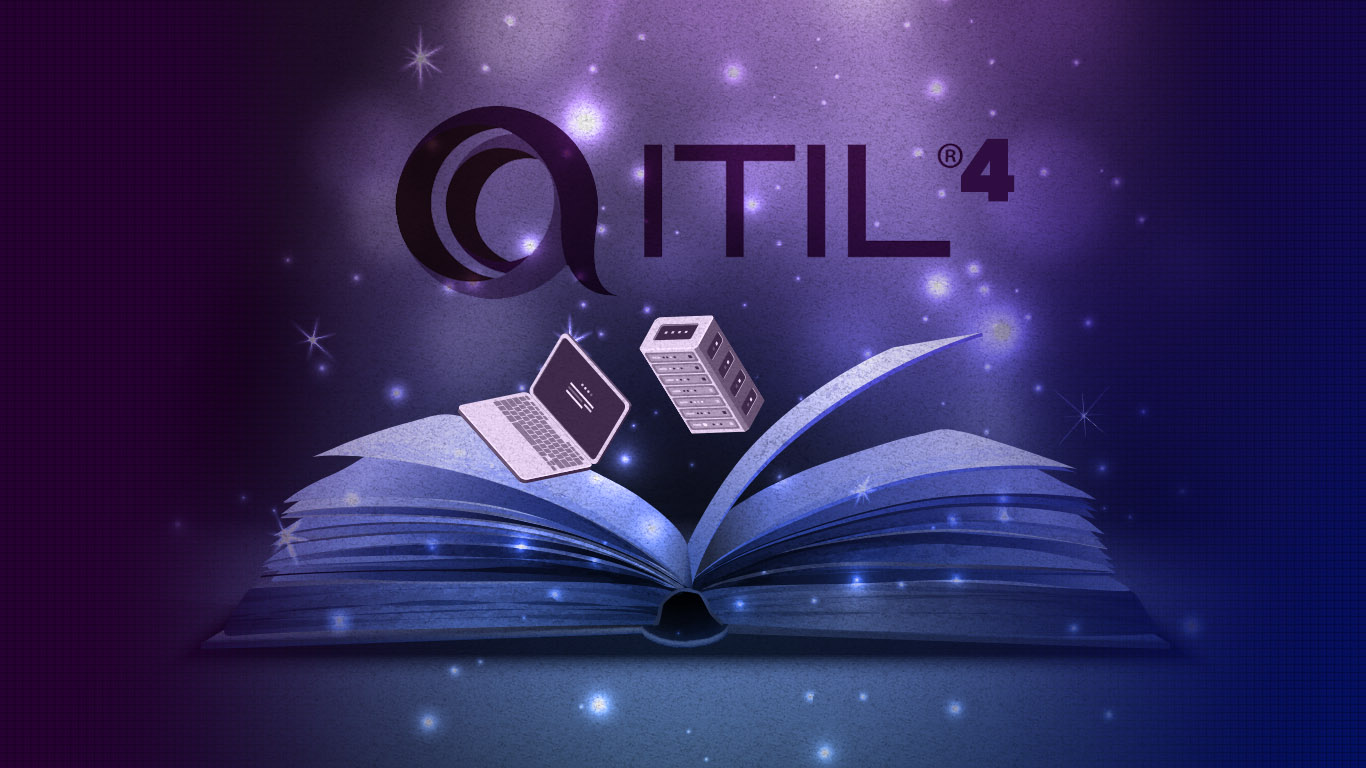
The Secret Revealed from ITIL V4
Friday, 19 February 2021
ITIL was updated from version 3 to its most recent version called ITIL version 4 (V4). ITIL V4 was launched to help organizations connect and align challenges that affect not only ITSM professionals, but also a wider range of professionals who work in digital world. This ITIL V4 still uses elements from previous versions that still very much fundamental.
What is the ITIL V4 Service Value System (SVS)?
Service Value System (SVS) is one of the core changes from ITIL V3 to V4. SVS is a key component of ITIL V4 that facilitates the value co-creation. It describes how all the components and activities of an organization work together to enable value creation.
As the SVS has interfaces with other organizations, it forms an ecosystem and create value for organizations as well as their customers and stakeholders. There are five core components of the Service Value System divided into Service Value Chain, The Four Dimensions, Guiding Principles, Governance, and Continual Improvement.
Understand the Guiding Principles in ITIL V4
Guiding Principles becomes the part of the ITIL V3 to V3 changes that meant to help IT professionals adopt and adapt ITIL guidance to their own specific needs and circumstances. There are seven guiding principles of ITIL V4: First, focus on value including the experience of customers and users. Then, start where you are by considering what is already available to be leveraged.
In addition, organization should progress iteratively with feedback and should not attempt to do everything at once as well as collaborate and promote visibility in order to have greater buy-in, more relevance to objectives, and increased likelihood of long-term success. Then, organization should also think and work holistically and keep it simple and practical; thus, the goals could be achieved. Lastly, optimize and automate by eliminate anything that is truly wasteful and utilize technology as best as possible.
The Main Dimensions of ITIL V4
In ITIL V4, a holistic approach is the key to service management. It defines four critical dimensions to the successful facilitation of value for customers and other stakeholders. To ensure its SVS remains balanced and effective, organization should give each of the ITIL V4 dimensions an appropriate amount of focus. There are four main dimensions of ITIL V4 broken down into organization and people, information and technology, partners and suppliers, and value streams processes.
First, organizations and people mean that an organization needs a culture that supports its objectives, and the right level of capacity and competency among its workforce. Then, Information and technology are required for the services management of an organization. After that, partners and suppliers refers to an organization’s relationships with other businesses that involved in the design, deployment, delivery, support, and continual improvement of services. Lastly, value streams and processes describe how the various parts of the organization work in an integrated and coordinated way to enable value creation through products and services.
Conclusion
ITIL v4 is an evolution from ITIL version 3. It provides a flexible and practical transition for organizations to adopt the new ways of working required by the modern digital world. The goal of ITIL version 4 is to provide organizations and professionals with comprehensive guidance for managing information technology in digital world.
Reference:
Agutter, C. (2020). ITIL® 4 Essentials: Your essential guide for the ITIL 4 Foundation exam and beyond. IT Governance Ltd.
Orbezo, J.C., (2019). From v3 to 4 – This is the new ITIL. London: AXELOS
Rance. S. (2011). Service Transition. Norwich: TSO (The Stationery Office).Rance. S. (2011). Service Transition. Norwich: TSO (The Stationery Office).